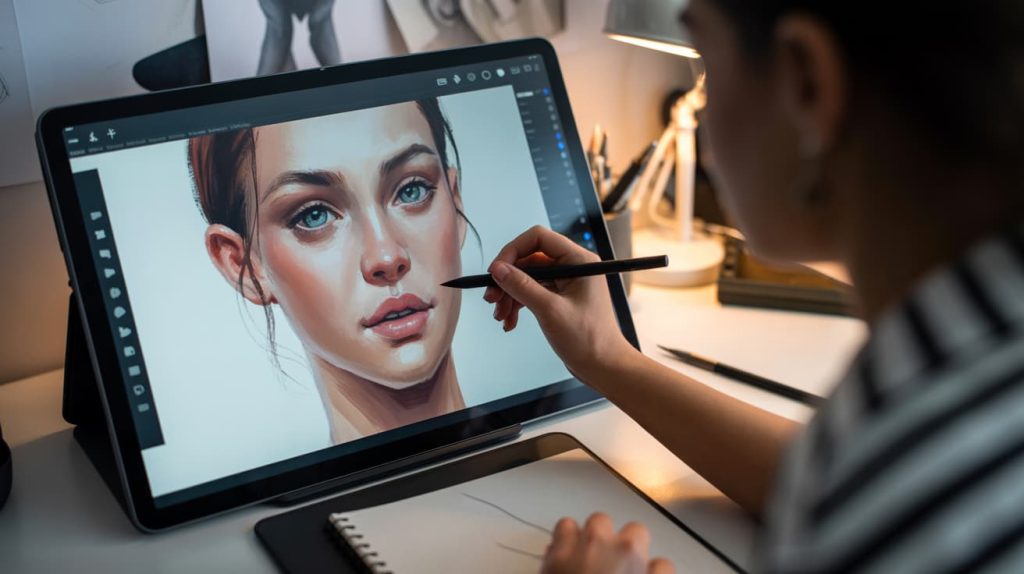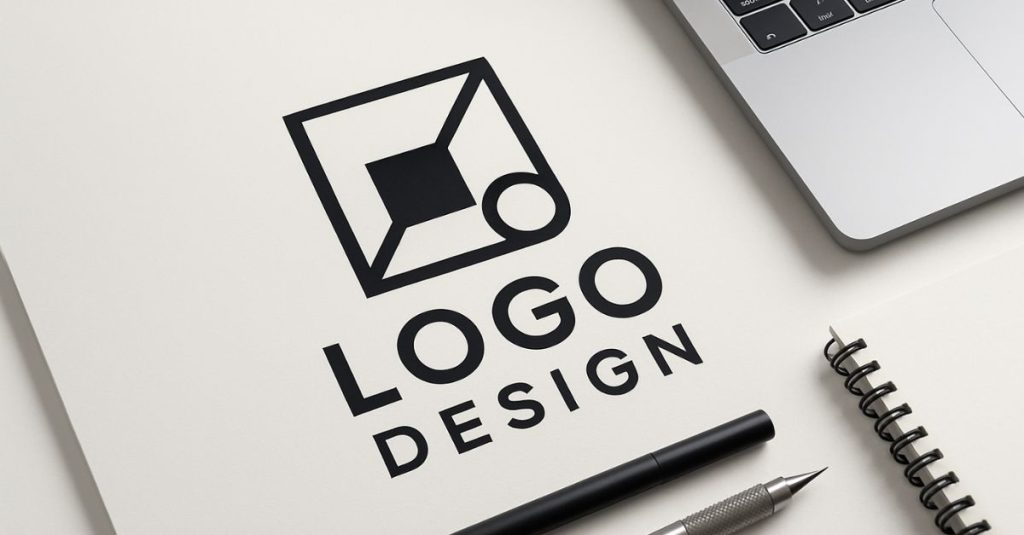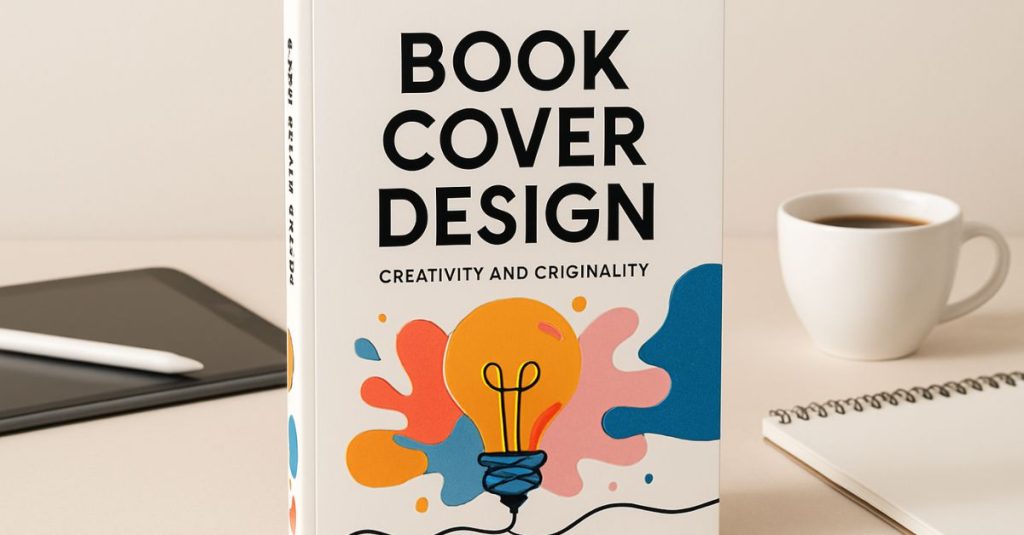When it comes to creating characters that feel alive yet artistically expressive, semi-realistic character design strikes the perfect balance. This style captures the beauty of lifelike anatomy while allowing room for creativity — making it one of the most popular approaches among digital illustrators, concept artists, and fantasy creators.
If you’ve ever admired a portrait that looks almost real but still feels painterly or dreamy, chances are it’s semi-realistic art.
Let’s explore how this design style works, why it’s so captivating, and how you can use it to bring your own characters to life.
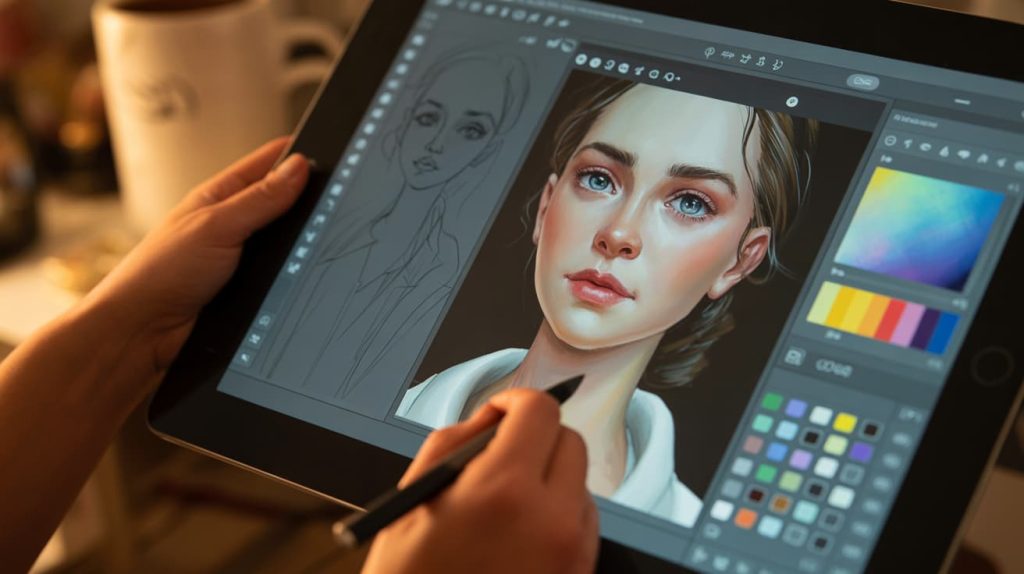
What Is Semi-Realistic Character Design?
Semi-realistic character design bridges the gap between stylized illustration and photorealism. It combines accurate anatomy, realistic lighting, and depth with imaginative features — expressive eyes, soft textures, or exaggerated forms — to create visually rich, emotionally engaging characters.
It’s not about mimicking reality perfectly; it’s about suggesting it through thoughtful details, subtle rendering, and painterly touches. This balance makes it perfect for character art in games, animations, and storytelling visuals.
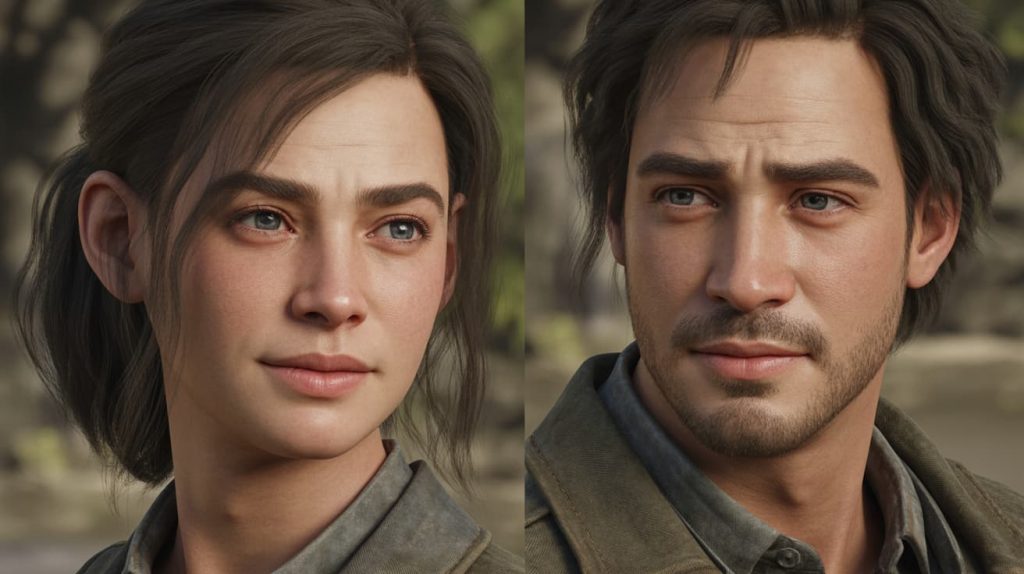
Why Semi-Realistic Design Stands Out
The semi-realistic style appeals to both artists and audiences because it feels real enough to connect with — yet still artistic enough to inspire. It lets you portray emotion, narrative, and personality without being limited by photographic realism.
Characters drawn in this style tend to feel alive, their expressions full of story, their lighting atmospheric, and their colors harmonized for mood.
💡 Want to bring your story characters to life? 👉 Hire a Semi-Realistic Character Artist
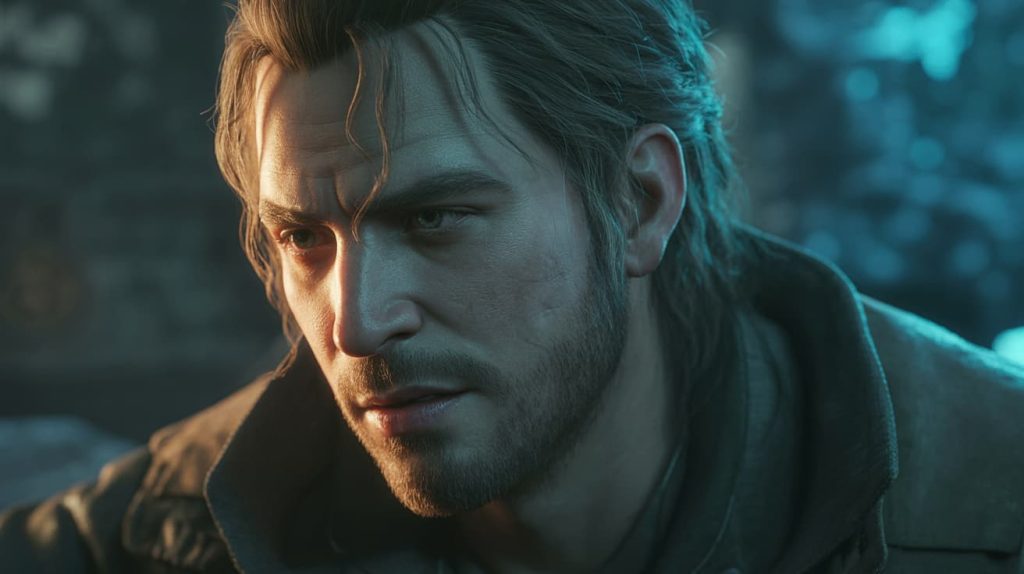
Key Features of Semi-Realistic Character Design
To master semi-realistic character design, focus on these artistic fundamentals:
1. Balanced Anatomy
An understanding of real anatomy is essential. You can stylize or simplify later, but the foundation must look believable.
2. Soft and Hard Lighting
Lighting defines realism. Semi-realistic art often combines soft ambient light with sharp highlights for dramatic contrast.
3. Smooth Rendering
Instead of flat color blocks, semi-realistic rendering involves gentle blending and tonal transitions to mimic natural light.
4. Subtle Textures
Texture adds realism. Artists suggest skin pores, hair strands, and fabric folds without over-detailing.
5. Expressive Details
Eyes, lighting, and color choices are where emotion shines through.
Popular Uses of Semi-Realistic Character Design
Semi-realistic characters appear across multiple creative industries:
- Game Art: Hero designs, fantasy warriors, and NPC portraits.
- Animation: Expressive but grounded storytelling visuals.
- Digital Portraits: Realistic yet stylized commissions for individuals.
- Concept Art: Visual development for stories and worlds.
- Book Covers: Emotional, detailed characters that sell a story at first glance.
💡 Need a captivating semi-realistic portrait for your book, comic, or profile? 👉 Find Skilled Character Designers on Fiverr
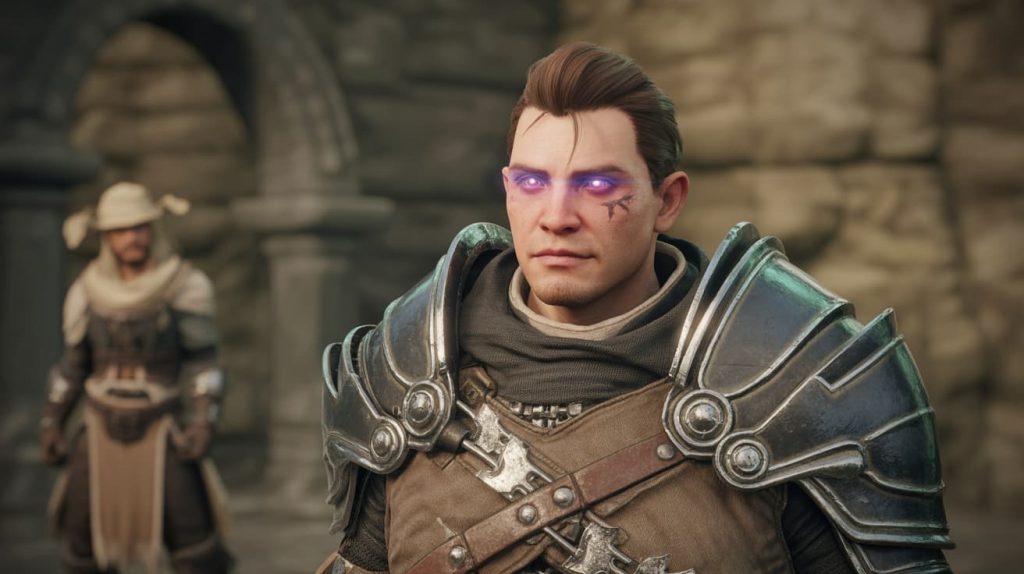
How to Create a Semi-Realistic Character Design
- Start with a Solid Sketch
Outline the anatomy and pose first. Keep it loose but clear. - Block in Base Colors
Lay down skin, hair, and outfit tones. This helps visualize the final palette. - Add Lighting and Shadows
Use soft and hard brushes to build form and atmosphere. - Blend and Refine
Smooth transitions with digital brushes — focus on depth and realism. - Final Touches
Add highlights, reflective details, and background glow for extra depth.
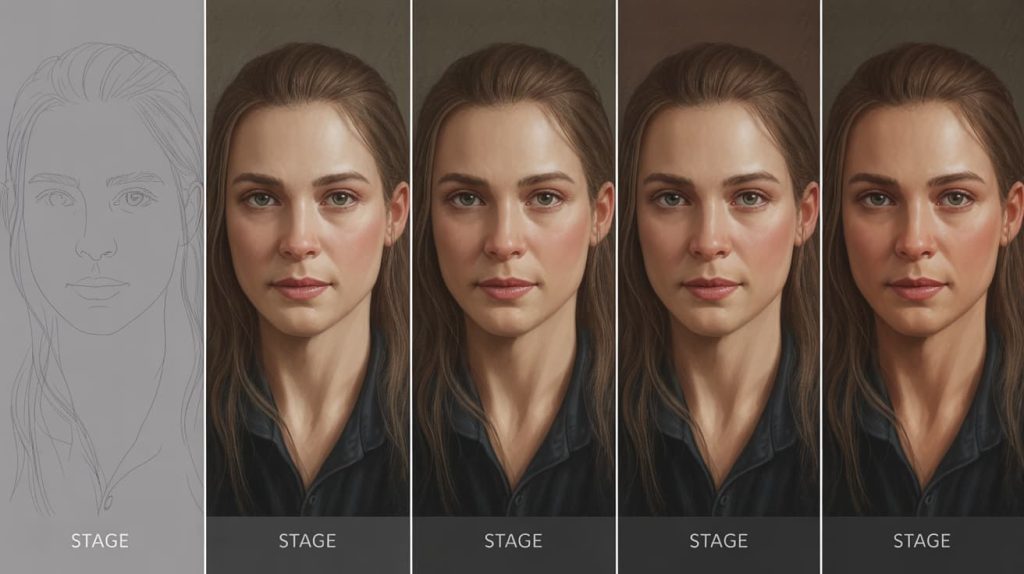
Tips for Semi-Realistic Digital Artists
- Study real human references to improve anatomy.
- Use multiple light sources to create dynamic scenes.
- Experiment with brush textures to keep painterly appeal.
- Practice blending — harsh edges can ruin realism.
- Try subtle overlays for final color grading.
💡 Want a professional touch for your game, animation, or portrait? 👉 Hire a Semi-Realistic Character Designer Today
Why Semi-Realism Works So Well
Semi-realistic design connects art and audience emotionally. It’s believable yet expressive, detailed yet imaginative — giving viewers both realism and wonder.
Whether for fantasy worlds, portraits, or concept art, this style remains timeless and inspiring for digital creators everywhere.
